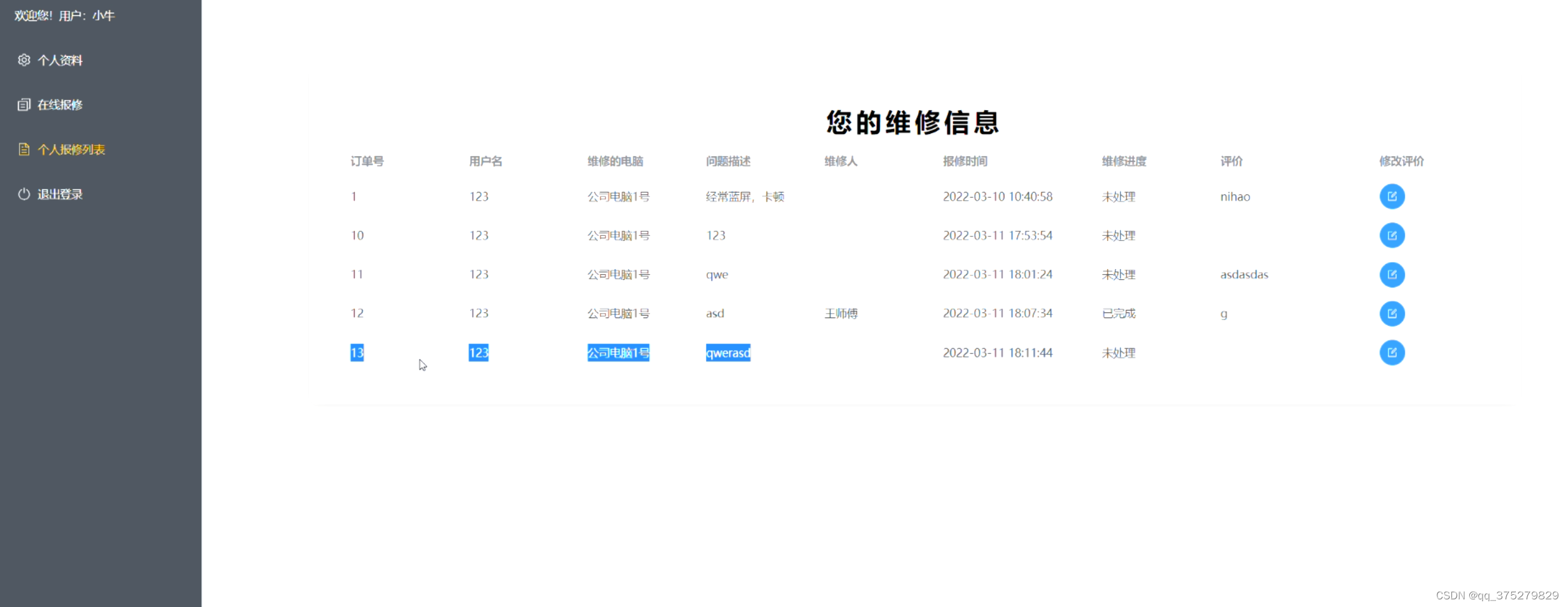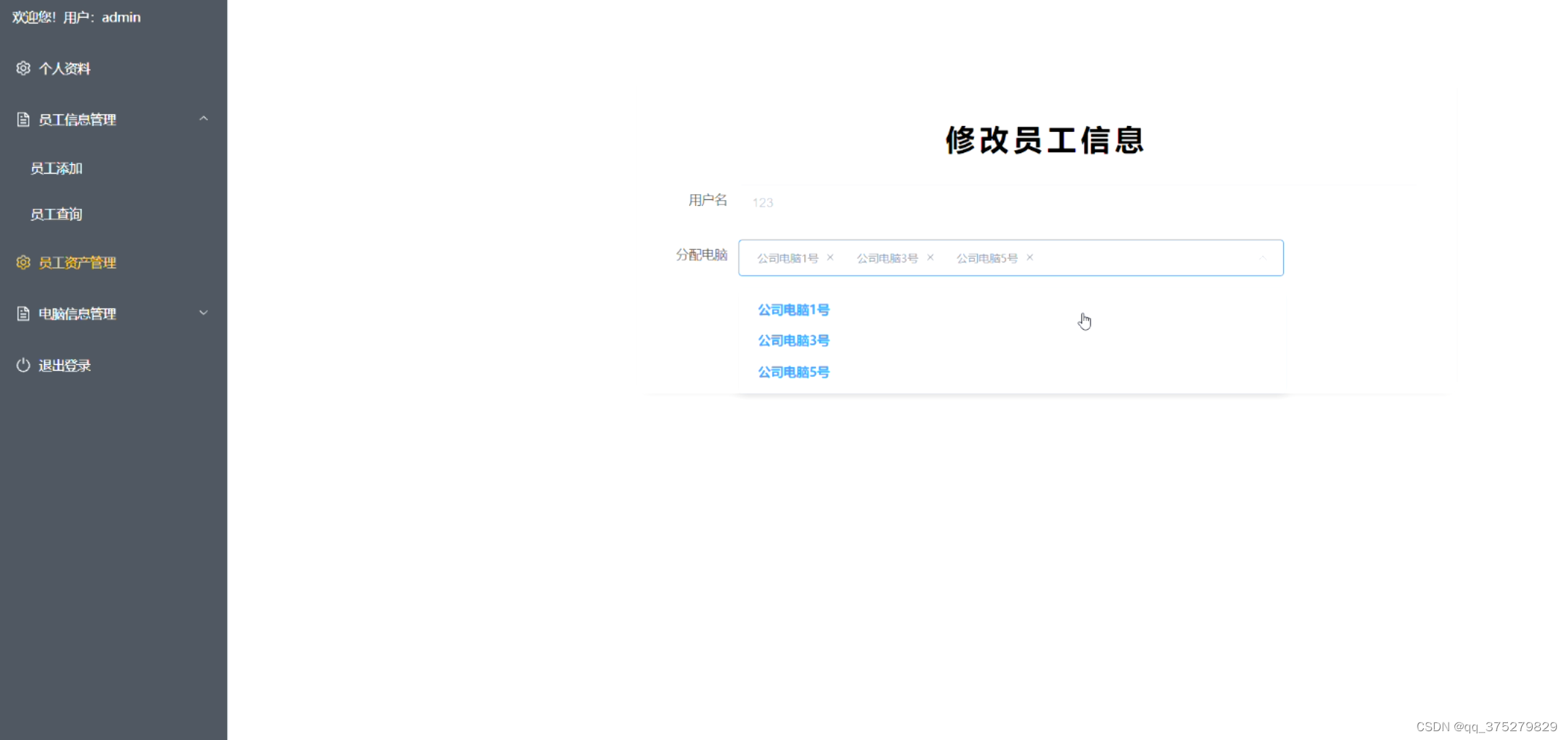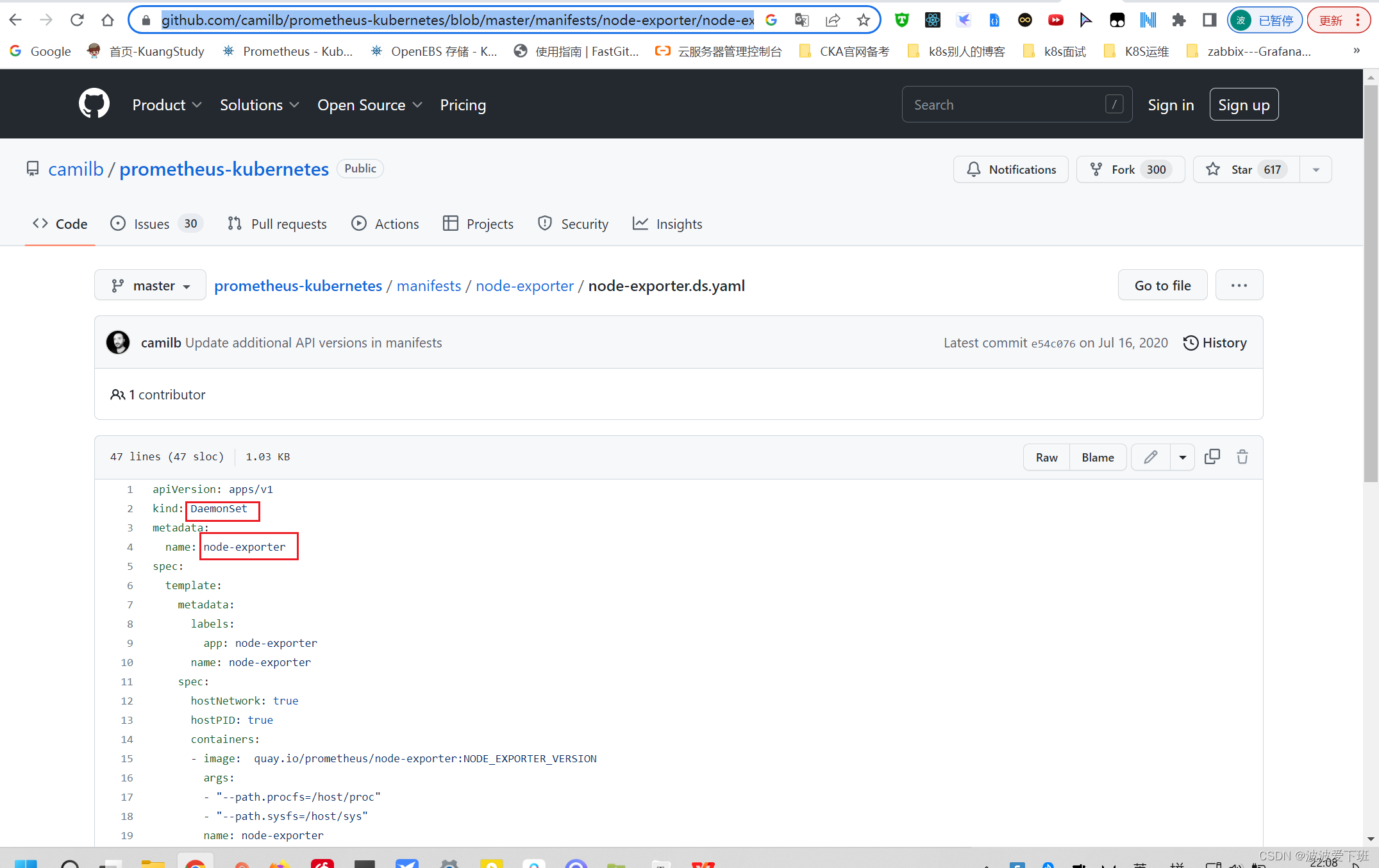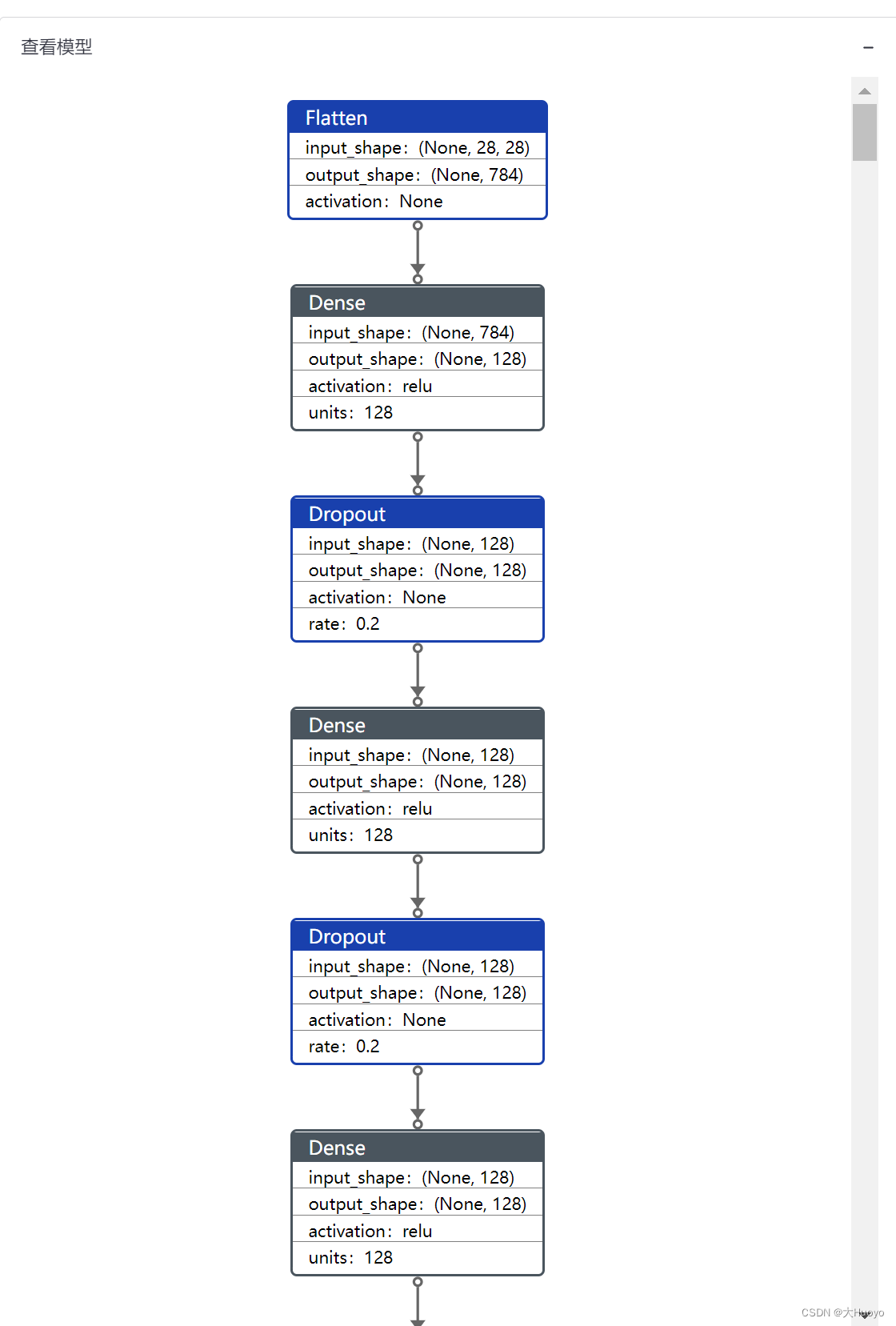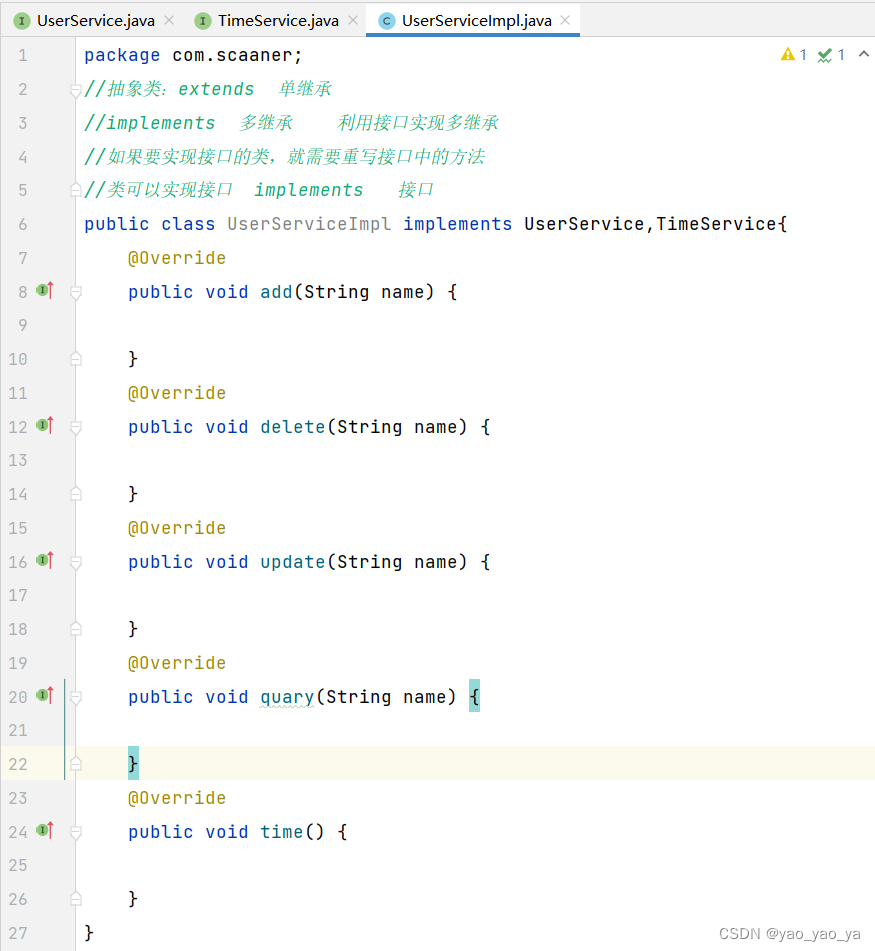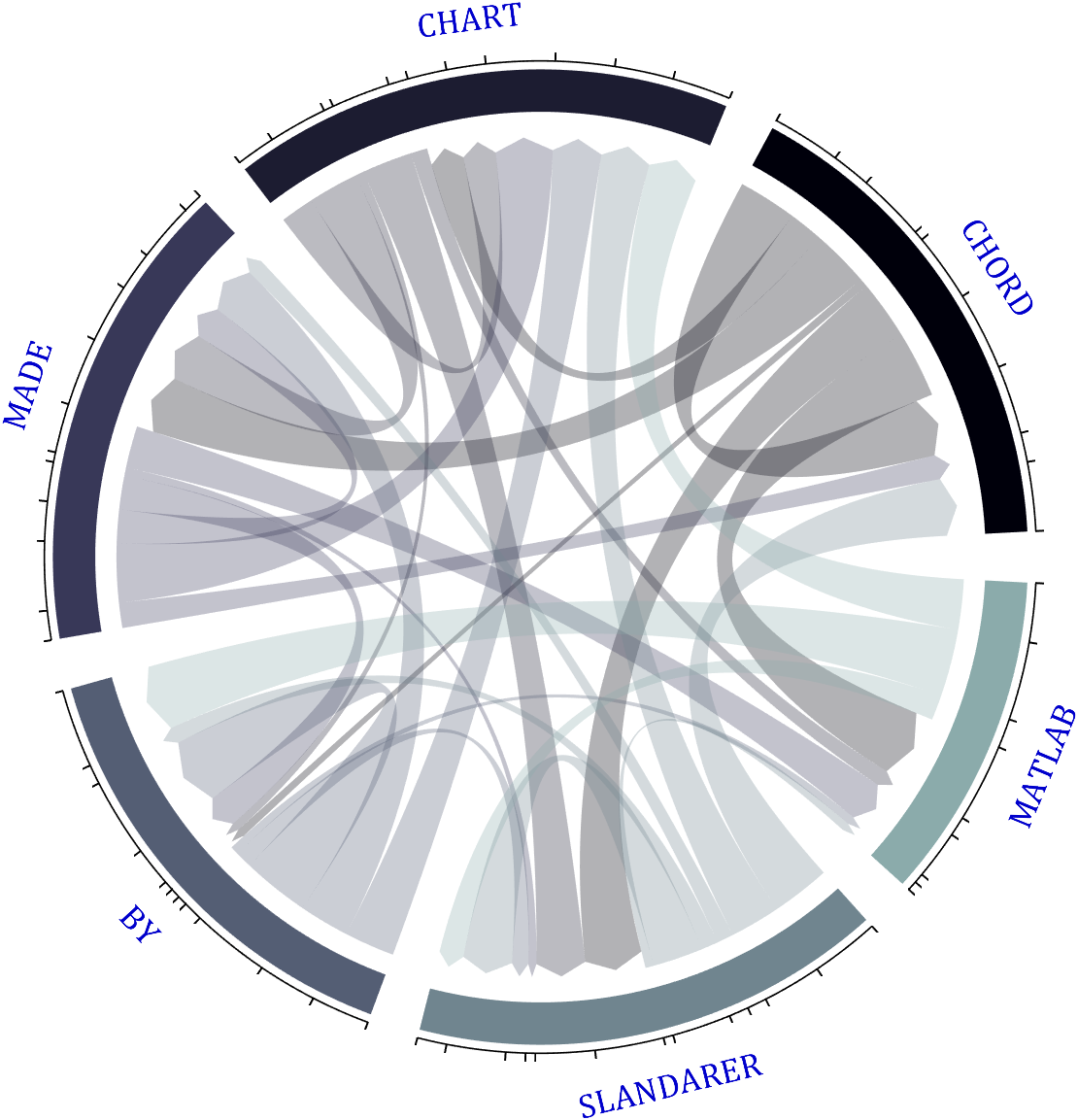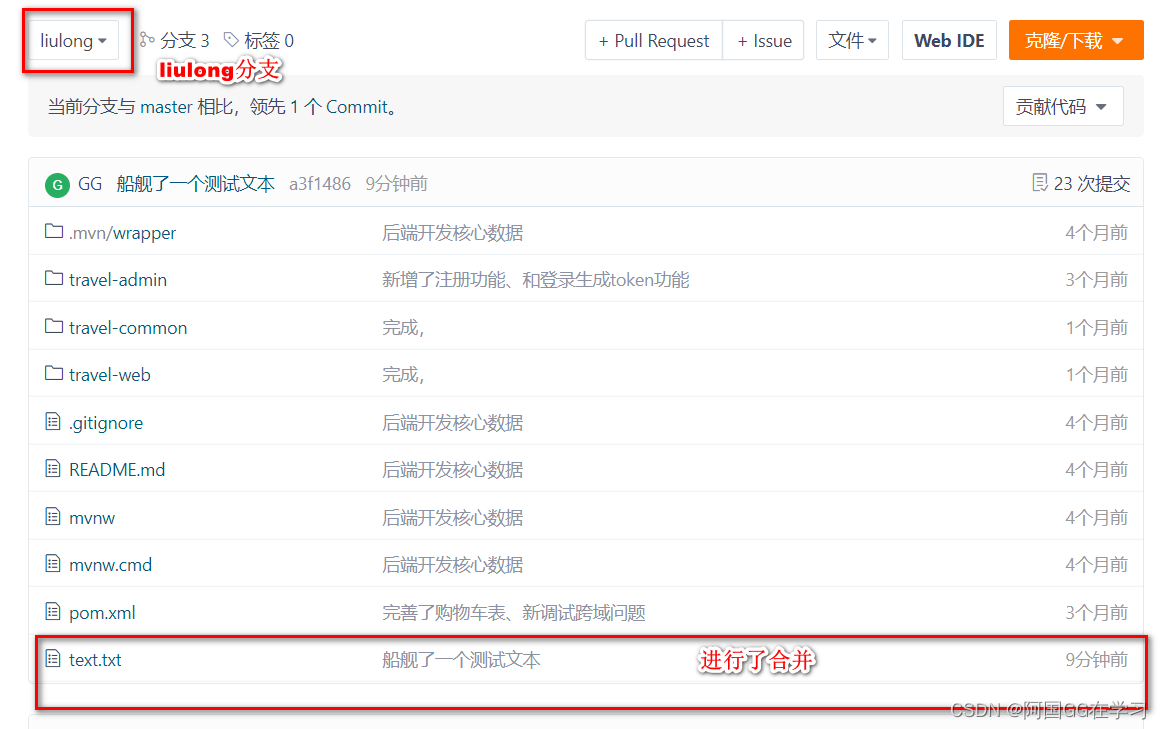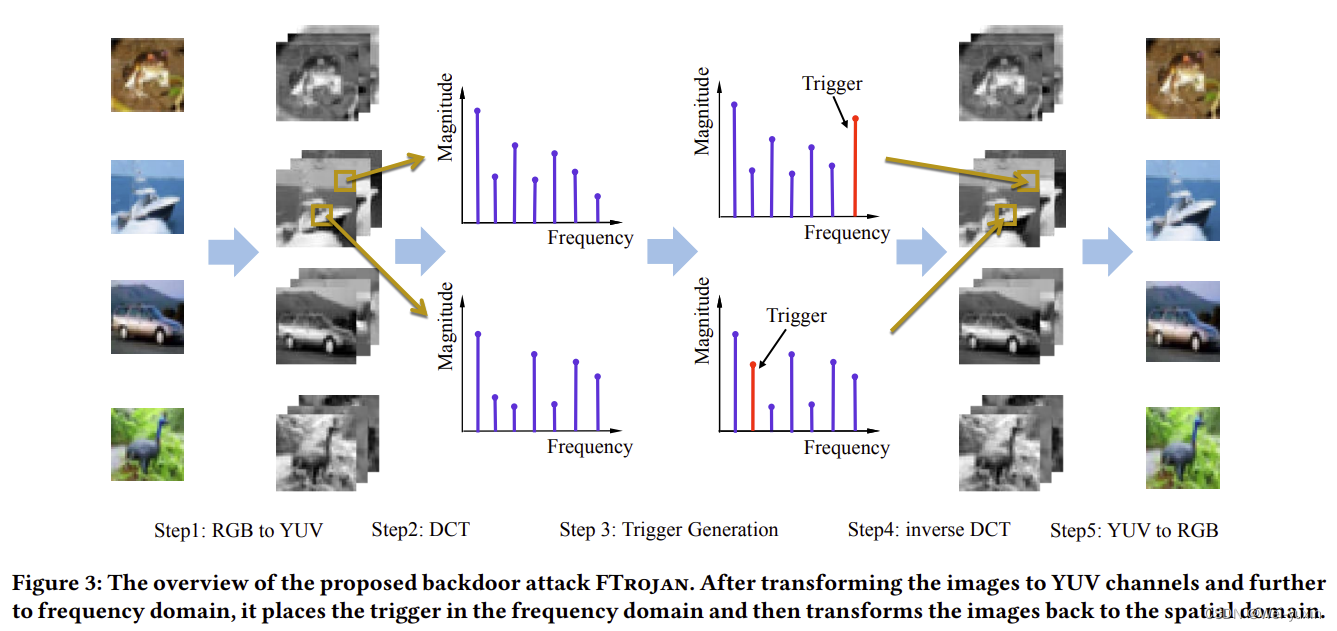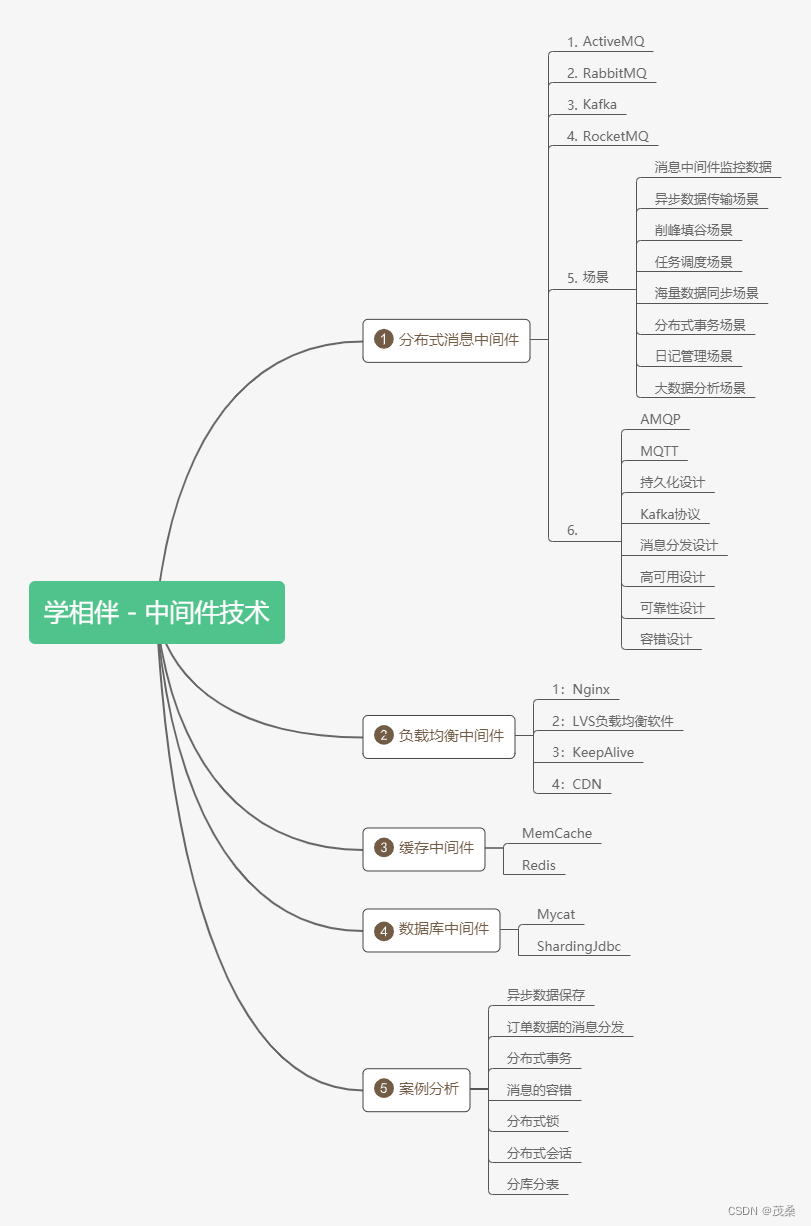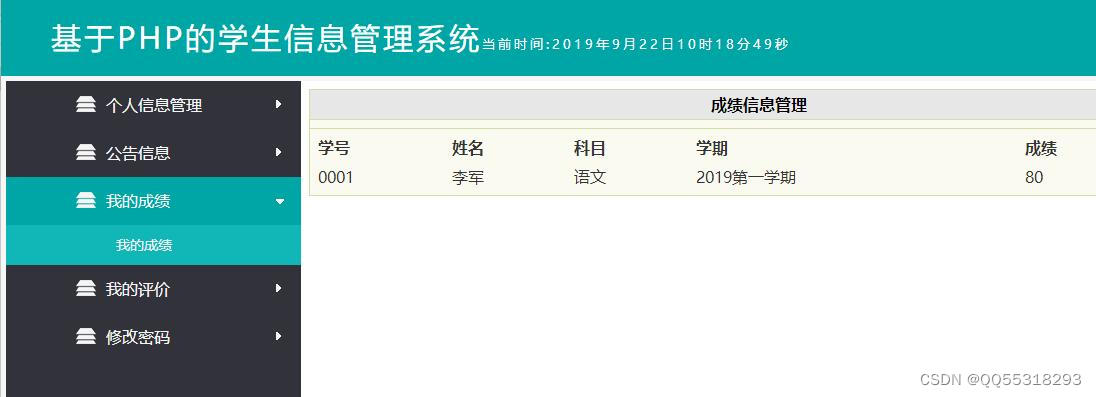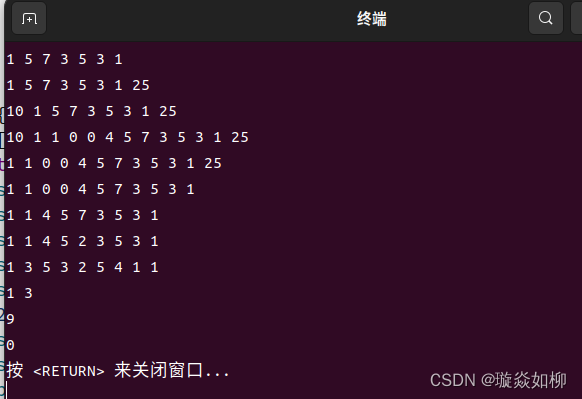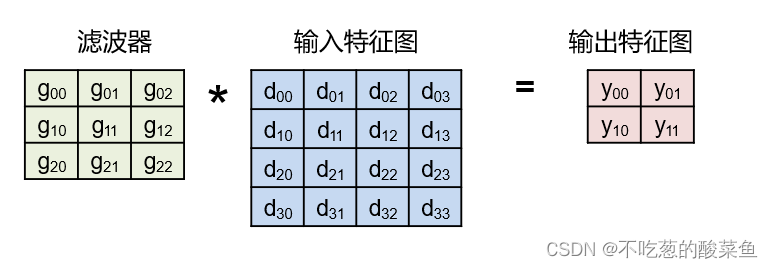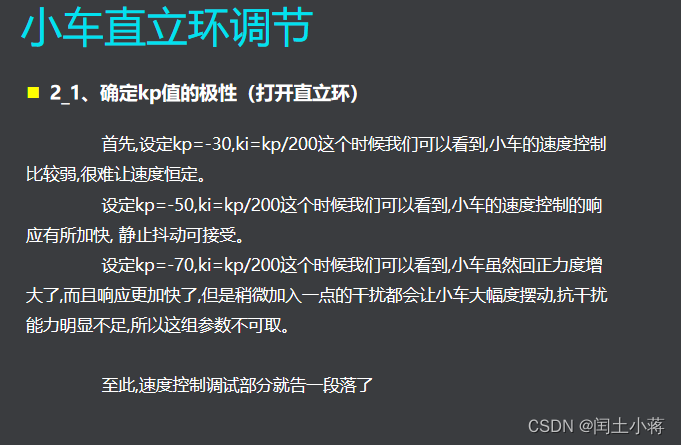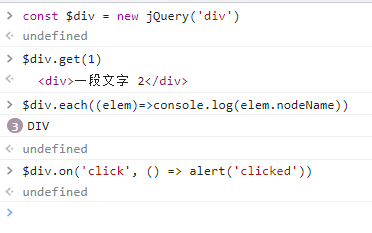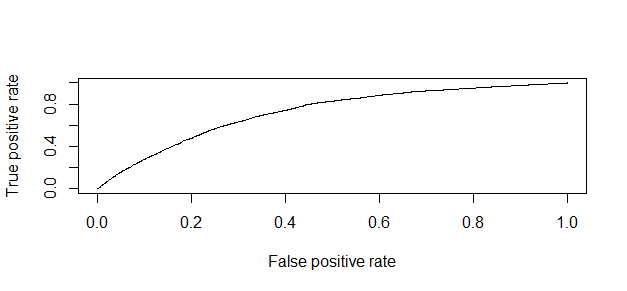it内部设备服务系统设计与实现
摘 要
it内部设备服务系统将传统的网络服务方式与最新的互联网技术相结合,使用方便快捷,有利于设备维修部门规范管理,提高网络维修部门的工作效率,在技术、态度等多方面提高维修部门服务质量。因此,开发一个it内部设备服务系统,能更好地方便校园设备服务,规范后勤设备维修部门服务质量,促进设备服务信息化的发展。
根据本系统的研究现状和发展趋势,系统从需求分析、结构设计、数据库设计,在到系统实现,分别为前端实现和后端实现。论文内容从系统描述、系统分析、系统设计、系统实现、系统测试来阐述系统的开发过程。本系统力求结合实际找出一种切实可行的开发方案,经过反复研究和学习,借助java编程语言、jsp技术、sqlserver数据库和tomcat服务器来完成系统的所有功能,最后进行系统测试,来检测系统的权限和漏洞,从而将系统完善,达到符合标准。
关键字:高校,设备服务,java编程语言,sqlserver数据库
ABSTRACT
College campus equipment repair service system to the traditional way of network service combined with the latest Internet technology, use convenient, is advantageous to the equipment maintenance department management, improve the work efficiency of network maintenance department, in the technical aspects of improving the maintenance service quality and attitude. Therefore, the development of a university campus equipment repair system can better facilitate the repair of campus equipment, standardize the service quality of logistics equipment maintenance department, and promote the development of informationization of equipment.
According to the current research status and development trend of the system, the system is implemented from demand analysis, structural design and database design to the realization of the system and the back-end implementation respectively. The paper elaborates the development process of the system from system description, system analysis, system design, system implementation and system test. The system tries to combine the actual find out a feasible development plan, after repeated research and study, using the Java programming language, the JSP technology, essentially a database and tomcat server to accomplish all functions of the system, and finally to the system test, to detect system permissions and loopholes, thus the system perfect, to conform to the standard.
KEY WORDS: University, equipment repair, Java programming language, sqlserver database.
目 录
第1章 绪论 1
1.1开发背景 1
1.2开发意义 1
1.3论文结构 1
1.4本章小结 2
第2章 系统开发技术的介绍 3
2.1 MyEclipse与tomcat简介 3
2.2HTML/CSS简介 3
2.3JSP简介 3
2.4Sqlserver数据库概念和特点 3
2.5本章小结 3
第3章 系统分析 5
3.1功能需求分析 5
3.2业务流程分析 5
3.3数据流程分析 6
3.4本章小结 8
第4章 系统设计 9
4.1系统设计思想 9
4.2系统总体设计 9
4.3系统功能模块设计 10
4.4数据库设计 11
4.4.1概念模型设计 11
4.4.2数据库表设计 11
4.4.3数据库连接计 14
4.5本章小结 14
第5章 系统的实现 15
5.1实现环境说明 15
5.2主页面的实现 15
5.3登录模块的实现 16
5.4维修模块的实现 17
5.5评价管理模块的实现 18
5.6服务管理模块的实现 19
5.7系统管理的实现 21
5.8本章小结 22
第6章 系统测试 23
6.1测试目的 23
6.2界面测试 23
6.3功能测试 23
6.4测试结果 24
6.5本章小结 25
第7章 总结 26
致 谢 27
参考文献 28
(1)绪论
从开发系统的背景、意义、以及系统的发展状况,详细描述了系统的在哪些方面能得到应用、然后对本章进行总结。
(2)系统分析
概述、用户需求调研、系统业务流程分析、系统数据组成、本章小结。
(3)系统设计
系统网络结构设计、系统总体设计、系统功能模块的划分、系统功能模块的需求,数据库设计概述、数据库概述结构设计、数据库逻辑结构设计[1] [2]。
(4)系统开发环境介绍
myeclipse简介、HTML简介、SQLSERVER简介、JSP简介、数据库概念和特点、本章小结。
(5)系统的实现
登录模块的实现、管理员模块设计、服务模块的实现、派遣、维修模块的实现、评价模块的实现。
(6)系统测试
系统编码实现后,需要进行测试,测试包括黑盒测试和白盒测试,本系统采用黑盒测试,通过输入不同组的测试数据进行测试的功能模块测试。

